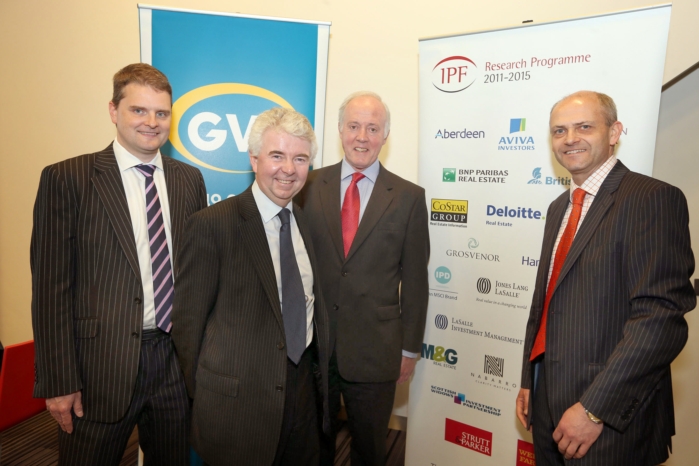
New lending for commercial property increased by more than fifty per cent and reached a six-year high in 2014, new data from De Montfort University has revealed.
Buoyed by a record number of non-traditional lenders entering the commercial real estate (CRE) market, the value of commercial property loans soared to £45.2bn at the end of 2014, compared with £29.9bn in 2013. This is the highest figure since new lending reached £49.82bn in 2008, according to the university’s annual “UK Commercial Property Lending Report”.
Furthermore, 82 per cent of lenders said they intended to increase the size of their loan books, compared to 60 per cent the previous year.
Lending to the Midlands has remained fairly constant and represents 14 per cent of the total loan book amongst banks, building societies and insurance companies.
Other non-bank lenders have increased their lending in the Midlands, with loans secured on property representing nine per cent of their book, up from five per cent in 2013. However, they still only loaned £6.1bn out of a total of £45.2bn new lending in 2014.
David Smith from the Investment Property Forum (IPF) Midlands region, which will be hosting a seminar for its members on the findings of the report, said: “In the Midlands, whilst the larger institutions are buying properties with cash and then refinancing with lenders, small and medium sized property companies can’t afford to do the same.
“They are arranging debt at the point of acquisition, and generally finding greater availability of loans from various sources including the traditional banks, but also the newer challenger banks and debt funds.”
De Montfort University’s report is the most comprehensive study of the UK commercial property lending market. More than 70 lenders contribute to the annual survey, which is highly regarded in the property and finance industries, and referenced by the Bank of England.
According to the report, the total value of outstanding debt held against commercial property fell from £180bn at the end of 2013 to £165.2bn in 2014, excluding loans of approximately £16.1bn secured by social housing.
The market has also worked through the legacy of pre-crisis loans that characterised the last few years. The value of distressed loans more than halved in 2014, falling from £44.7bn in 2013 to £21.1bn in 2014, supported by a strong recovery in the underlying property market as well as an improving UK economy more generally.
As property values have risen so too has the proportion of debt with a loan-to-value (LTV) ratio of 70 per cent or less. These loans made up 76.7 per cent of the outstanding debt at year-end 2014, compared to 63 per cent reported the previous year and 52 per cent the year before that. Outstanding debt that had a LTV ratio of between 71 per cent and 100 per cent continued to fall, from 18 per cent in 2013 to 14.3 per cent last year.
Overall, the report found that the market for commercial development finance remains challenging. Only 17 organisations said they would be willing to lend against a fully pre-let development, but the number falls to seven organisations for 50 per cent pre-let, 50 per cent speculative development schemes, and just five organisations for speculative commercial development.
William Maunder Taylor, director of property finance consultancy Kingfisher Property, said: “We are experiencing the lowest fall in interest costs for commercial property borrowing since 1999.
“For loans secured against prime property, there has been a good correlation between borrowing costs and yields over the last seven years, both of which have been falling consistently, with values increasing.
“Unlike prior to the crash in 2008, LTVs are remaining stable at circa 65 per cent with little sign of upward pressure, undoubtedly due in part to tougher regulation. This, together with good provisioning for legacy positions, means the commercial property debt market is in good shape.”
Damian Lloyd, senior director at Bilfinger GVA in Birmingham, said: “The aftermath of the financial crisis means that investors are still reluctant to introduce debt into transactions at the point of purchase. We anticipate that it will continue to creep back in, but the majority of new debt making its way into the Midlands markets is refinancing purchases post- exchange, for which there is now clearly a very active market.”
The findings of the De Montfort University “UK Commercial Property Lending Report” will be presented to members of the Investment Property Forum (IPF) Midlands region at a seminar held at the Library of Birmingham on Thursday 4 June. Guest speakers will include Bill Maxted of De Montfort University, author of the report, and William Maunder Taylor from Kingfisher Property. The event, which is sponsored by Bilfinger GVA, will be chaired by David Smith of Strata Real Estate.




















